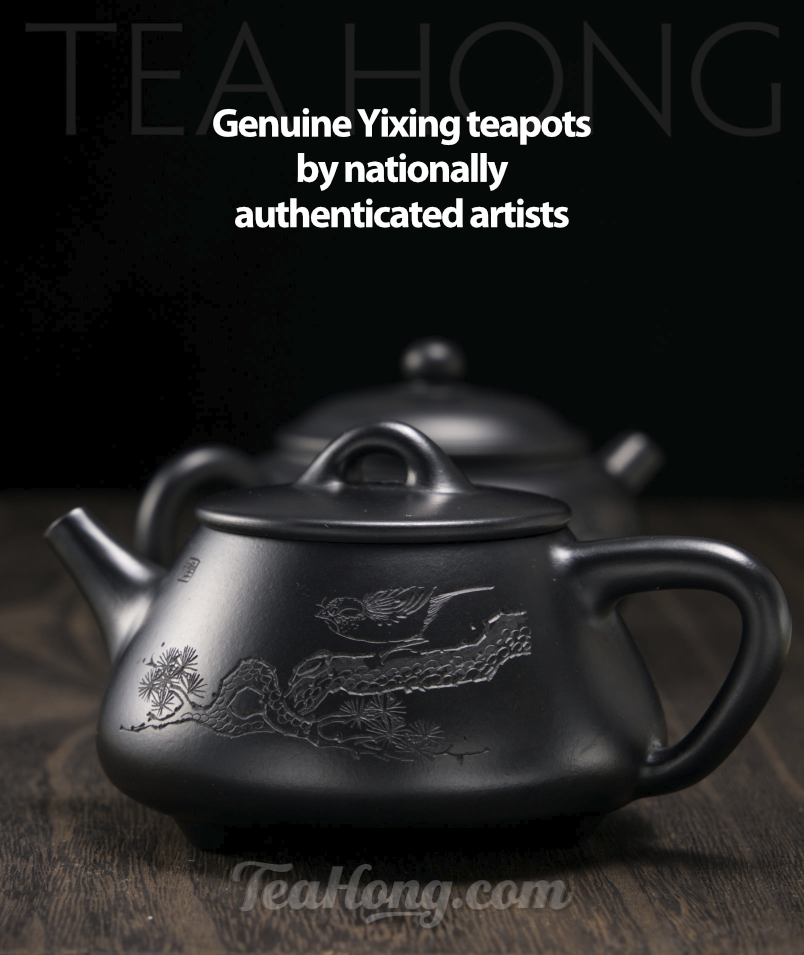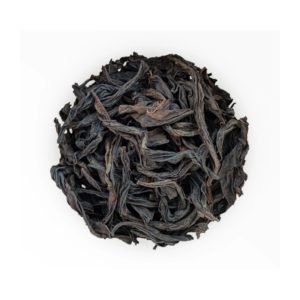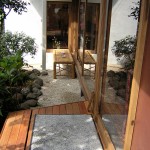Green Tea Production: Steaming
Steaming is the tea production process with the longest documented history, although surely not the oldest. The principal is simple: to cook the plucked leaves with steam as quickly and evenly as possible so as to stop any enzymatic activities in the leaves for subsequent steps of shaping and drying.
Through information in Lu Yu’s Tea Classic (760 AD) and later literature by others, the basic procedures were: plucking of young leaves, washing, steaming, washing again with cold water, rolling and then pressing into a mould before drying over an oven. Loose leaf tea was processed with basically the same principle without the moulding part. It was the manual form of the modern-day process.
revitalization in japan

Steaming to process green tea in Japan in the late 1800’s, before Takahashi’s machine successfully replaced most of the traditional craft.
Roasting and baking, with their flexibility to manifest the maximum taste potential of a harvest, began to take over steaming in China in the 16th century, 200 years after the loose leaf form was declared the national standard. It was in Japan that steaming continued to develop. Kenzo Takahashi in 1893 successfully replaced most manual work with machines. However, it was a Japanese horticultural practice that has kept this production style worthy of quality competition — O-oishita (shaded growth).
why shaded growth?
O-oishita slows the growth of young leaves for the time needed for the accumulation of amino acids, a key substance for better taste in green tea. Typically, steaming of tea grown in less than premium tea locations delivers products that are quite bitter. That is one reason why location is a key factor in quality tea production — the growth environment dictates the maximum quality of the pluck. In Japan, where most tea fields are in flatter areas, sunlight in Spring has long hours. The shaded process, now applied mostly to better grade products, such as gyokuro and tencha for premium matcha, enables more producers to yield higher values.
standardized production
A tent is set up to cover the tea bushes 2 to 3 weeks prior to plucking. Premium grades are still hand-plucked to maintain quality. The pluck is than hurried to line up for steaming.
The leaves are turned and conveyed along in the steamer for about or less than a minute, depending on the pluck and intent of the production. The cooked leaves, hot, soft and soaking wet now, are dropped into a set of rollers in a roasting oven set between 85 to 110°C to shape and dry for about 45 minutes.
Cooling take place in yet another chamber with shaping rollers for 15 minutes, before another two sessions of baking and rolling. Unlike production in Chinese tea, the Japanese setup dries the tea before further sieving and sorting for finishing.
hopeful diversification
Since introduction of the Japanese production model in China in the 1980’s, China has been producing the major portion of steamed tea for the world. Japan, however, remains resilient in maintaining some percentage and also a majority of the production of higher end qualities, such as Uji Gyokuro. In China, on the other hand, the manual process has been gradually coming back to a number of smaller farms eyeing on the premium market. A few historical Chinese elitist selections have been revived employing unique cultivars and some imported Japanese machinery designs. I am looking forward to see more development in this area. <see green tea list>












